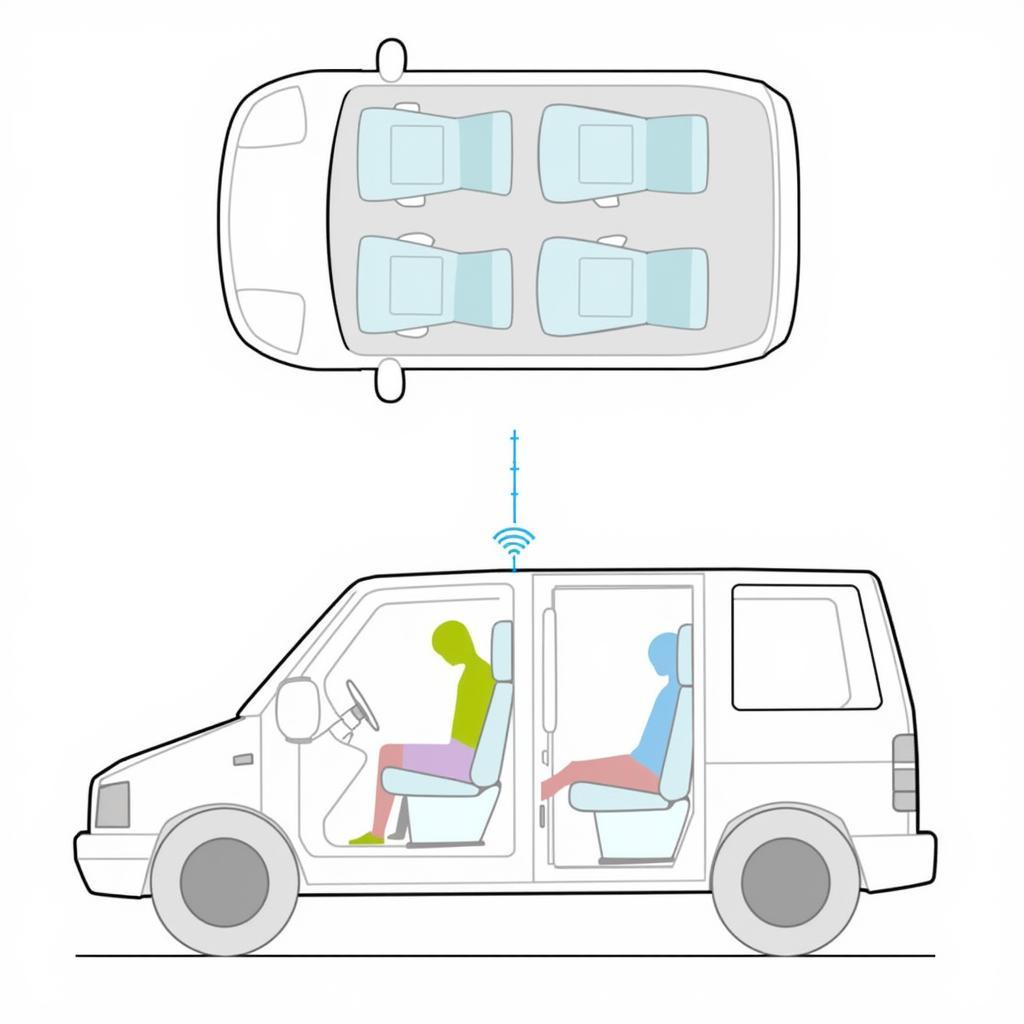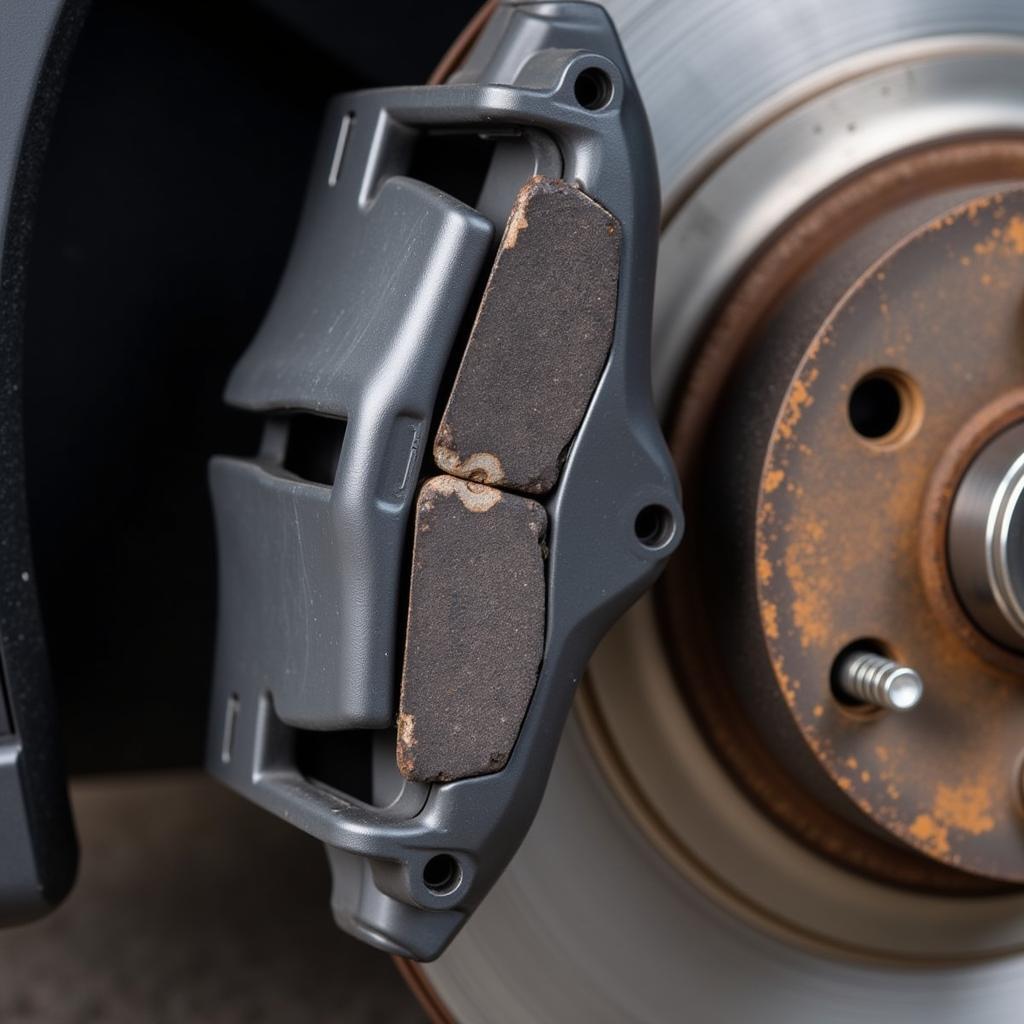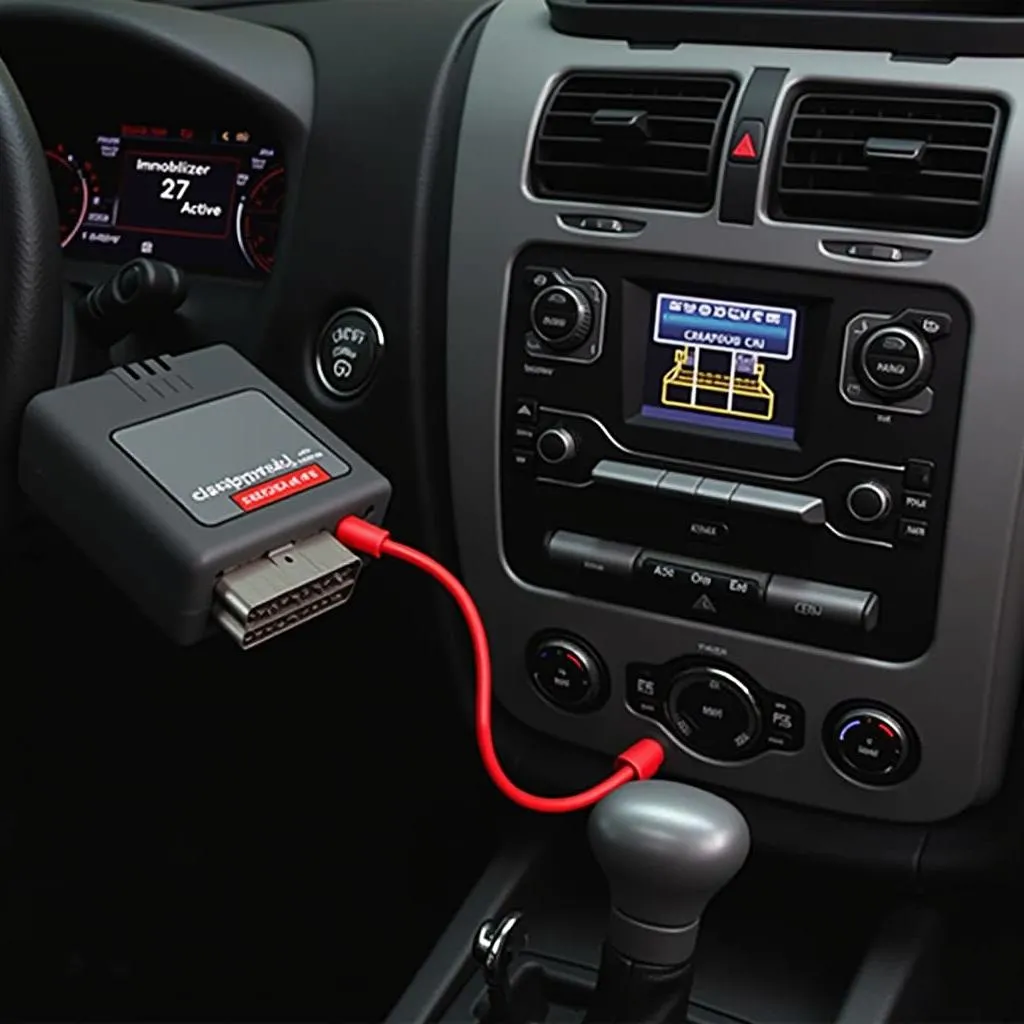You’re driving home after a long day, and as you turn off the ignition, a warning flashes on your dashboard: “Sense a Lite: You have a child in the back seat.” Your heart skips a beat. Did you forget something? Did you… leave your child in the car?
This scenario, thankfully hypothetical for most, is the reality of a feature increasingly common in modern vehicles: child presence detection systems. These systems, often marketed as “Sense a Lite” or similar names, are designed to prevent the tragic occurrence of hot car deaths.
Understanding “Sense a Lite” and How it Works
“Sense a Lite” and other child presence detection systems utilize various technologies to detect the presence of a child left unattended in a vehicle. These technologies can include:
- Weight sensors: Located in the passenger seat, these sensors can distinguish between an adult and a child’s weight and trigger an alert if weight is detected after the driver exits.
- Ultrasonic sensors: These sensors emit sound waves to detect movement within the cabin, even the subtle movements of a sleeping child.
- Rear door logic: This system monitors if the rear doors were opened and closed before and after a journey. If the rear door was opened before the trip but not after the engine is turned off, it may signal a child left behind.
 Child presence detection system illustration
Child presence detection system illustration
Why “Sense a Lite” Might Activate Incorrectly
While these systems are designed with good intentions, they aren’t foolproof. Here are some common reasons why your “Sense a Lite” warning might trigger erroneously:
- Heavy objects: Placing a heavy bag, groceries, or other weighty items on the passenger seat can trigger the weight sensor.
- Pets: Pets left in the car, especially larger dogs, can activate weight sensors or ultrasonic sensors designed to detect movement.
- Sensor sensitivity: Sometimes, the sensors themselves might be overly sensitive, triggering the alarm even with minimal weight or movement.
What to Do When “Sense a Lite” Warning Activates
The most crucial aspect to remember is: always check your car thoroughly first.
- Don’t panic: Though alarming, a false alarm is better than a tragedy avoided.
- Visually inspect: Check both the front and back seats, including the floor space, to ensure nothing triggered the sensor.
- Recall recent activity: Did you have a child in the car earlier? Did you place any heavy items or pets in the back seat?
- Check sensor sensitivity: Refer to your vehicle’s owner’s manual to learn how to adjust the sensitivity of the sensors if possible.
 Parent checking the back seat of their car
Parent checking the back seat of their car
“Sense a Lite” is an Additional Safety Net, Not a Substitute for Vigilance
“It’s important to understand that even the most advanced technology is not a replacement for responsible parenting,” says John Smith, Senior Automotive Safety Engineer at National Safety Institute. “Child presence detection systems are valuable tools, but they should never replace a parent’s attentiveness and carefulness.”
Remember, “Sense a Lite” and similar systems are aids, not guarantees. Never rely solely on technology to prevent hot car tragedies.
Frequently Asked Questions about “Sense a Lite”
1. Can I turn off the “Sense a Lite” feature?
This depends on your vehicle model. Consult your owner’s manual for instructions or contact your dealership. However, it is highly discouraged to deactivate safety features.
2. How reliable are these child presence detection systems?
While they significantly improve safety, no system is 100% foolproof. Always prioritize visual checks.
3. My car is older and doesn’t have “Sense a Lite.” What can I do?
Several aftermarket devices are available that can provide similar functionality. Explore options at reputable automotive stores.
4. Can weather conditions affect the accuracy of the sensors?
Extreme temperatures or weather conditions might potentially influence sensor performance.
5. I think my “Sense a Lite” system is malfunctioning. What should I do?
Contact your vehicle’s dealership or a certified mechanic to diagnose and address any potential issues.
Stay Vigilant, Stay Safe
The “Sense a Lite” warning, though potentially jarring, serves as a crucial reminder of the importance of vigilance. By understanding how these systems work, knowing their limitations, and, above all, practicing consistent attentiveness, we can help ensure the safety of children and prevent tragedies.


